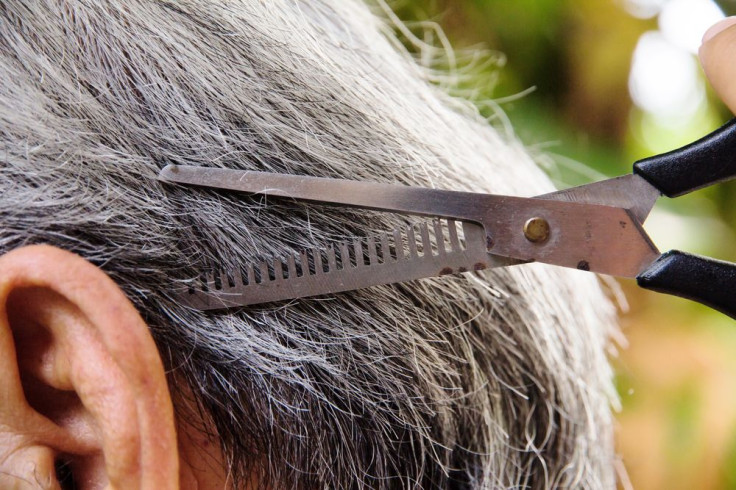What Causes Gray Hair? The Influence Of Genetics And Other Factors On Hair Color

Saggy skin, (premature) wrinkles, and a stray or gray patch of hair are tell-tale signs of aging. A graying hairline is the most common sign related to chronological aging as the body begins to undergo visible changes. While the arrival of the silver mane is either celebrated or dreaded, we begin to wonder, what exactly causes our hair to turn gray as we age? Life Noggin’s YouTube video, “Why Your Hair Will Turn Gray,” sheds some light on the matter.
Similar to skin, hair texture changes as the body ages. Internal and external influences, especially genetics, help determine the exact moment our hair turns gray. For example, we tend to grow gray at the time either our parents or grandparents saw their first gray strand. Hormones, age, the climate we live in, toxins, and even chemical exposure can also affect hair pigmentation over the years.
Genetics is a strong indicator of why our hair turns gray, but how exactly does hair lose its pigmentation? The pigments of dark and light hair color are composed of melanocytes, which inject melanin into cells that contain keratin — the protein of our hair. Life Noggin suggests the defective maintenance of melanocyte stem cells means the less melatin is injected, the more gray our hair starts to produce.
Hair follicles grow separately and contain their own amount of melanin. This is why we see the occasional gray strand before we see a whole head of gray hair. However, stress or shock can actually speed along the graying process, but researchers are not quite sure why. A 2011 study published in the journal Cell was able to isolate the wnt protein, which coordinates pigmentation between stem cells that leads to the development of hair follicles and melanocytes. This can help scientists determine whether wnt interacts with chemical pathways induced by stress and whether the production of hair color is affected.
Gray hair is a normal and unavoidable part of aging that is usually not associated with disease. It’s perfectly normal and healthy to start going gray in your 20s. Typically, whites tend to gray in their mid-30s, followed by Asians and then Africans.



























